One Stone: Where Purpose Meets Impact

By: Dr. Lindsay Portnoy
If you ask any high school student to name their favorite part of the day you may hear: the sound of the final bell. Not so at OneStone, a school in Boise that is flipping the script on high school as we know it. Talking with Chad Carlson, the Director of Research and Design at One Stone it is clear that these folks know the recipe for successful learning, “here learning has become relevant to students. As agents of their own story, students focus on what is important to them while making meaning out of their learning each day.”
Educators at OneStone facilitate student learning more as a guide on the side, and their guiding principles are outlined in what they call the BLOB (Bold Learning OBjectives). The overarching objectives include voice, mindset, creativity, knowledge, and skills. Yet it is clear from looking at the BLOB and speaking with students and educators that the fundamental aspect of all learning at OneStone centers on learner voice.
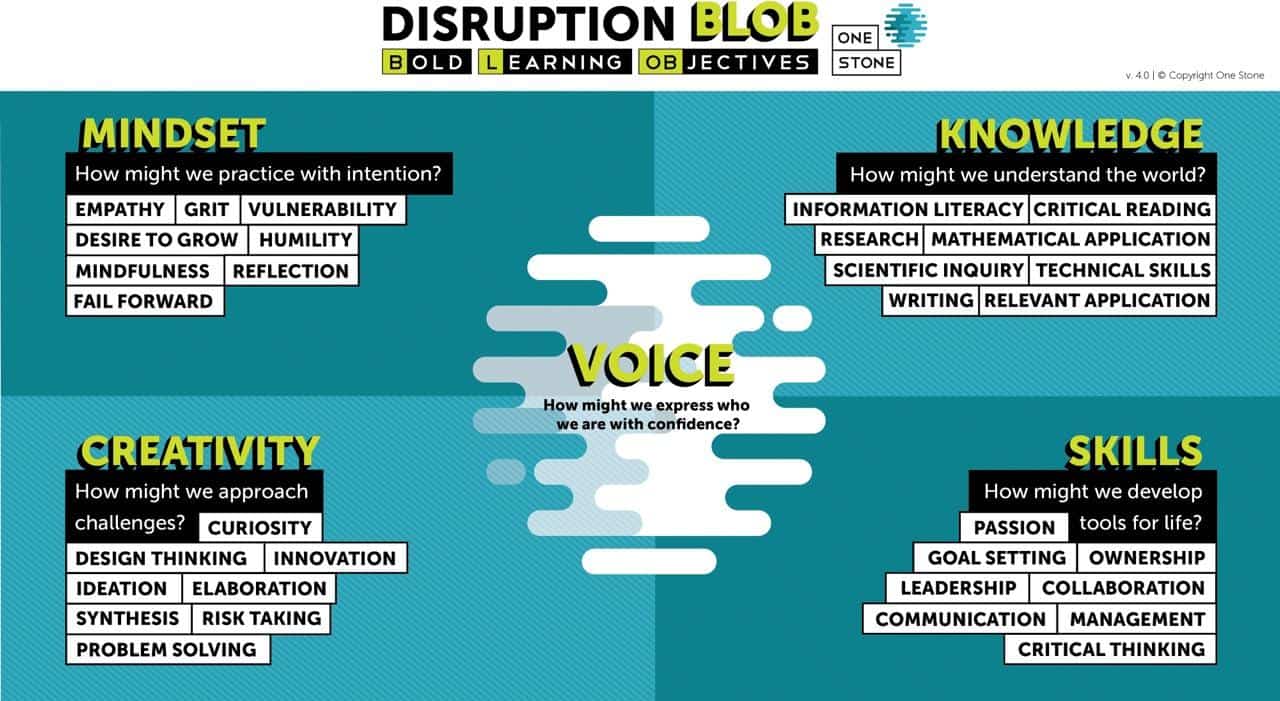
With a focus on student-led learning, learners use their voice to choose initiatives where they’ll fulfill their potential from three hallmark engagement platforms: Two Birds, Project Good, and Solution Lab. Project Good is based on principles of design thinking with an emphasis on human-centered experiential learning. Here students work to solve local problems through service projects and engage in complex experiential learning. In the student-led creative studio Two Birds, students hone creative skills working with local businesses to provide marketing, financial, and creative services. Through Solution Lab, students incubate their entrepreneurial side where foundational skills found in typical high school courses come to life in an applied way. “There isn’t an adult in this building who doesn’t believe in the power of students. We do what we do because we believe that they can do extraordinary things if given the tools and the ownership,” says Carlson. And this is evident in the ever-growing number of service projects that students have completed in support of their local community, 404 projects at last count.
Perhaps the most striking experience in talking with students and educators from OneStone is the fact that you simply can’t distinguish between the two. “I sit on the board of directors, which is at least two-thirds students, and was the account executive and managing director of Two Birds, our student-led creative agency where I worked with clients one-on-one to design solutions for their companies,” says Elise Malterre, one of the 39 students graduating One Stone this year. During her time at One Stone, Malterre has learned “what it takes to work in business from finance and customer relations to managing relationships and projects to keep to a timeline first hand.”
When After School Becomes School
When I first learned of One Stone I was curious to know how a place like this begins, how it becomes sustainable, and frankly, how others might learn from this model. What I learned is that One Stone started as an after-school program in Boise in 2008 by Joel and Teresa Poppen with a simple idea of bringing local students together to work on projects of interest to students while also serving the community. After years of hearing the reprise “can we do this as school instead?” the Poppen’s ran a two-day design thinking challenge to see if they might envision a way forward with this as a new model for school. “No one ever doubted if we were doing the right thing for our students,” says Carlson.
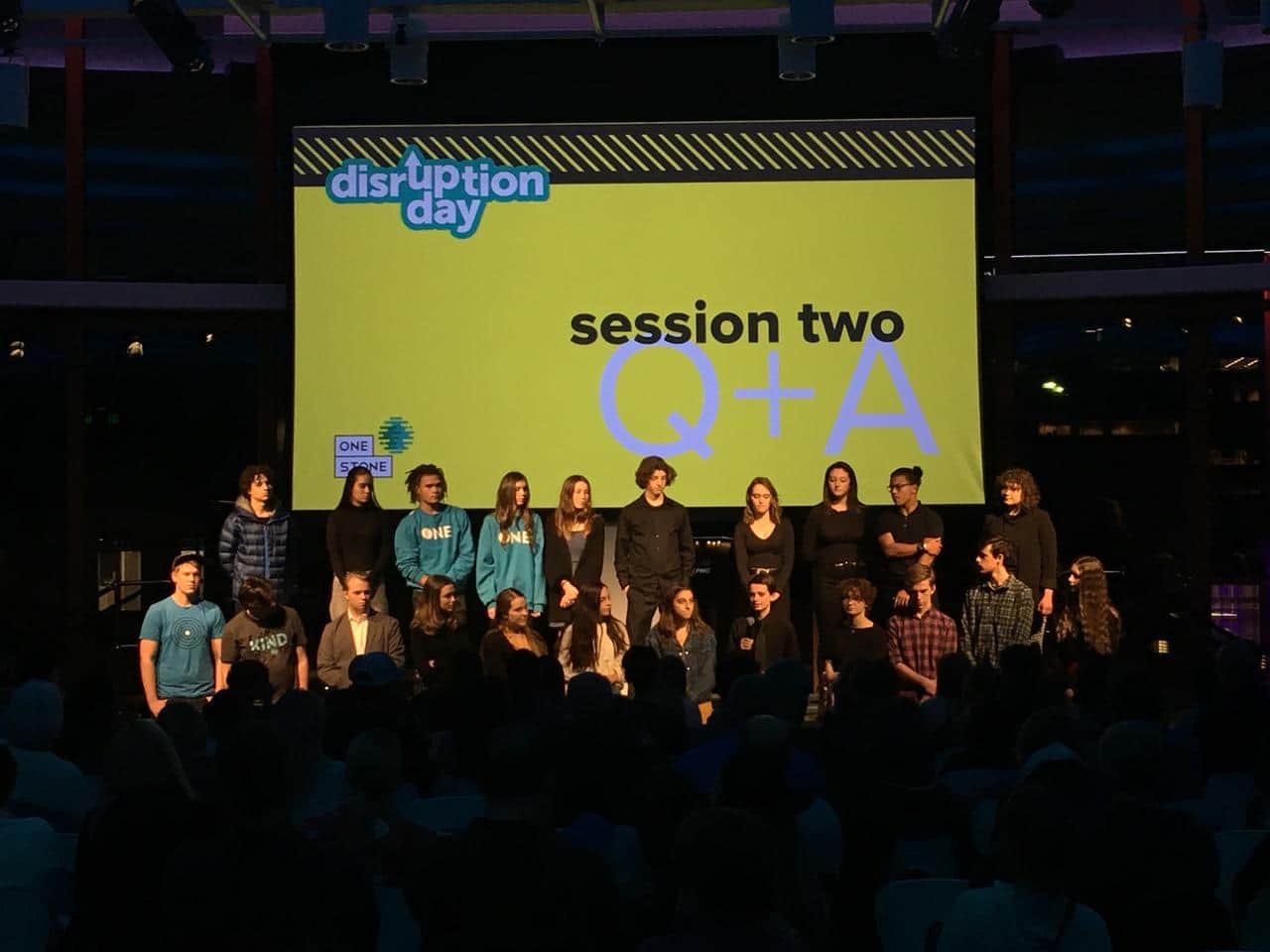
In 2016 a generous grant from the J.A. & Kathryn Albertson Foundation allowed One Stone to open its doors as an independent, tuition-free school enrolling 32 students in its first year. A mere three years later there are 110 students enrolled in grades ten through 12 and the first graduating class of 39 young people are moving on to pursue their dreams, 34 of those students to a traditional 4-year college and others confidently following their own paths, all of them by choice.
How Learner-Centered Experience Drives Community Impact
What One Stone shows is what research knows: when learners are given voice and choice in their learning, the outcomes are tremendous. Take Bennett Huhn, one the 2019 OS graduates who is so passionate about music and recording that his work in Solution Lab resulted in “Ripple Studios, a music studio that was built by myself and another student.” According to Huhn, “I got the experience of building something I would want to use as a musician and the opportunity to build something that others could use now and in the future.” There was plenty of math, science, engineering, and literacy embedded in the creation of Ripple Studios, but it was applied in a way that empowered the students to want to use their knowledge.
As for Malterre, she is working to be the change that drives real, sustainable impact. “Growing up on a farm, I can be on a trail in 15 minutes which is incredible but there aren’t those opportunities everywhere.” Citing “the destruction happening in our environment,” she wanted “to do everything to help preserve the environment for future generations and kind of reverse the impact we’ve had as a society.” While at One Stone she worked on redesigning packaging systems for sustainability for different companies in Boise and worked on an independent project reducing waste in coffee shops.
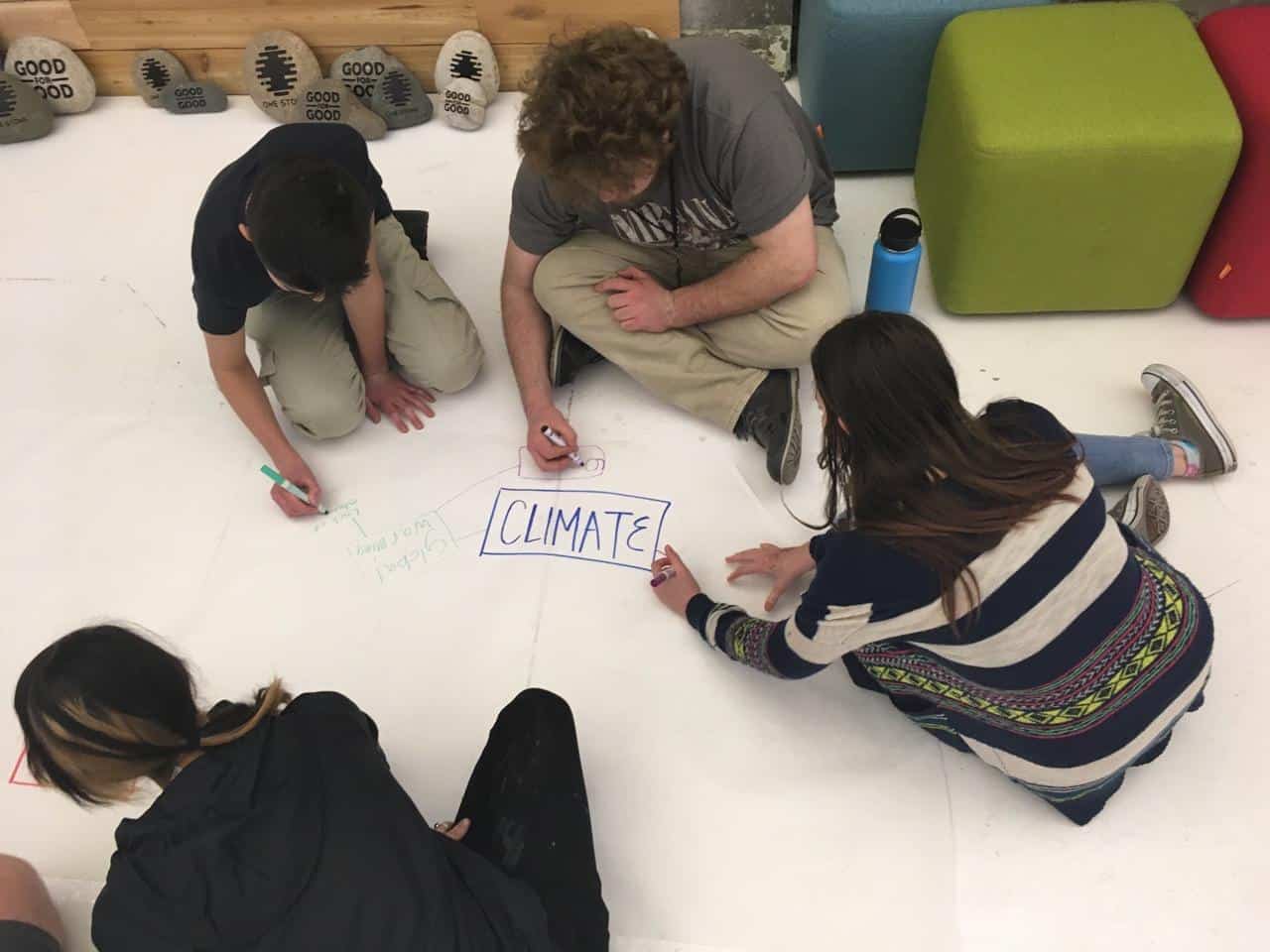
The Evidence is in the End Results
While One Stone plans to invite 9th graders into their program this year, they continue to work with and support public schools across Treasure Valley who send their students to after school programs at One Stone. “We look at our school as a lab school,” says Carlson, “we use things like a growth transcript” which is a narrative-driven assessment that moves from students from the academic context of knowing and understanding and into the applied nature of putting that knowledge to work changing the world around them.
The growth transcript demonstrates how well learners understand skills and concepts as well as how they apply those skills in a professional or community-based context. Students curate their own portfolios that are shared with other learners and together they give feedback and help one another figure out where they are on each of their learning objectives. Two to three times a year there are student-led portfolio conferences where learners showcase their knowledge and skills for the community to see.
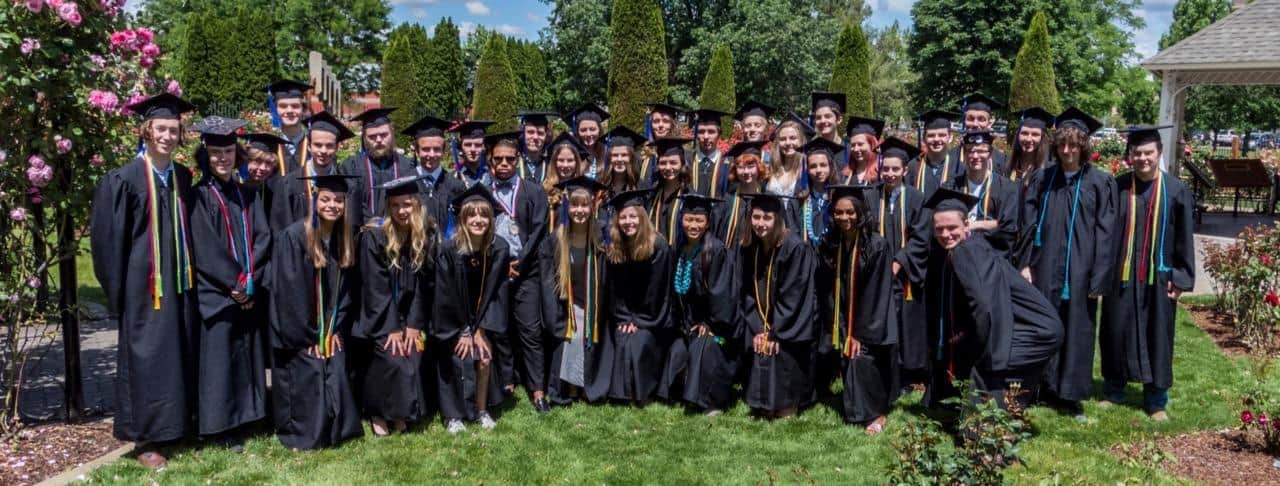
Change is slow and often frustrating, and the folks at One Stone show that change like this doesn’t happen overnight. But change is happening, at least as evidenced by the ways student agency has motivated learners to work harder and sustain their focus despite waning interests. According to Malterre, “I don’t have to wait to be out of high school to be in the real world, I can make an impact now. For a long time, I was just reading but didn’t see what I could do to help,” she says, “but that shift in mindset” happened at One Stone.
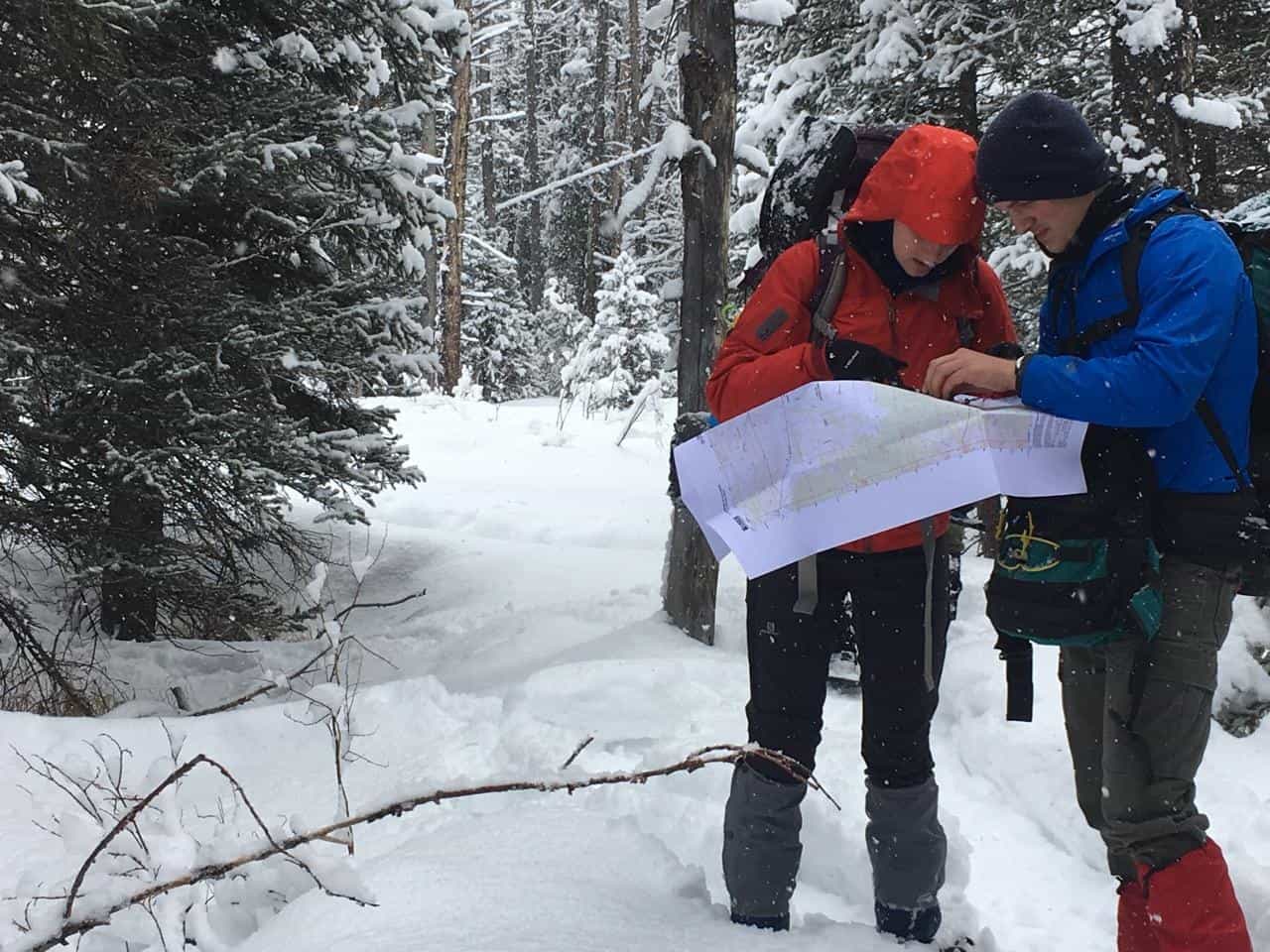
As schools like One Stone work to infuse applied learning into education, learners see the relevance of the skills they learn and find ways to map that knowledge on to meaningful work today and in the future. Huhn admits, “It’s pretty awesome to have somebody ask you what you want to do and to put the power in your hands and say go ahead and do it!”
For more, see:
- How Continuous Feedback Fosters Learning
- How to “Pick the Lock”: The Five Secrets to One Stone’s Success
- Developing the Whole Child One Collaboration at a Time
Dr. Lindsay Portnoy is a cognitive scientist, lecturer at Northeastern University, and Chief Learning Officer at Killer Snails working and writing at the intersection of cognition, assessment for learning, and emerging technology. Connect with her on Twitter: @lportnoy.
Stay in-the-know with innovations in learning by signing up for the weekly Smart Update. This post includes mentions of a Getting Smart partner. For a full list of partners, affiliate organizations and all other disclosures, please see our Partner page.


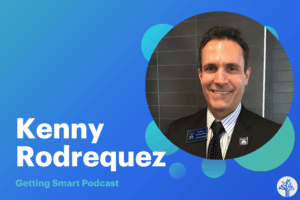
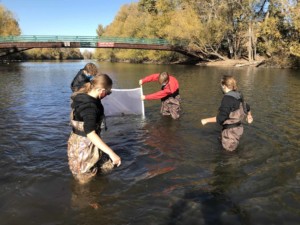
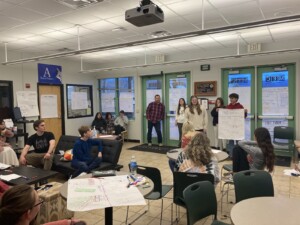
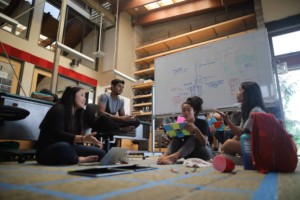
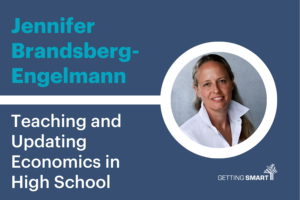
0 Comments
Leave a Comment
Your email address will not be published. All fields are required.